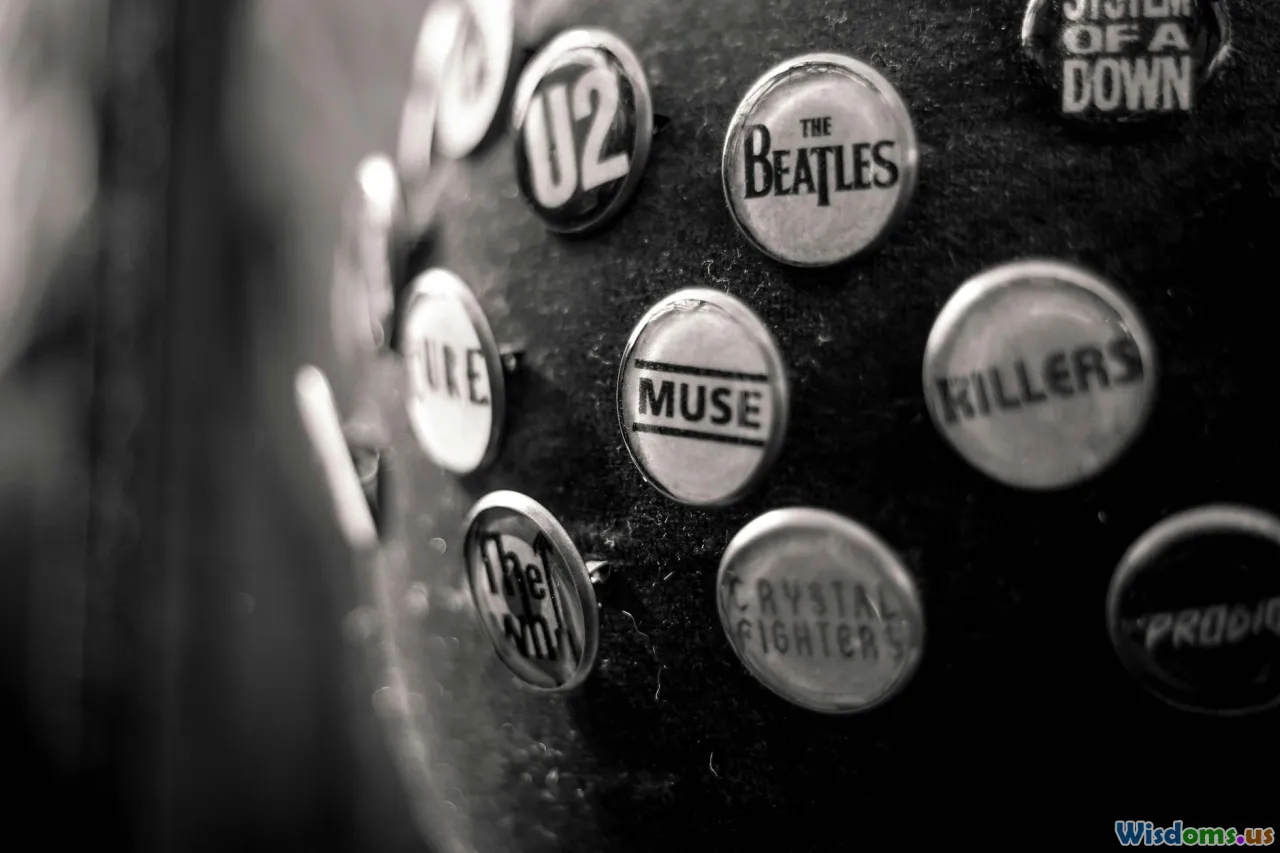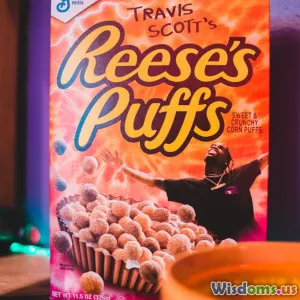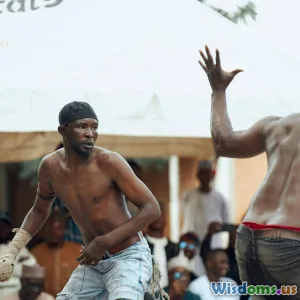
Five Times Musicians Changed Fashion History Forever
9 min read Explore how iconic musicians revolutionized fashion, shaping cultural trends and inspiring style revolutions across decades. (0 Reviews)
Five Times Musicians Changed Fashion History Forever
Fashion is often seen as an evolving reflection of culture, politics, and individual identity. Yet, one of the most potent and unexpected drivers of fashion innovation has been music — especially through the bold, creative visions of musicians themselves. Over the decades, certain artists have transcended mere sound to become pioneering style icons, influencing how entire generations dress and express themselves.
This article dives deeply into five landmark moments in history when musicians didn’t just follow fashion — they changed it forever.
Introduction: When Music Meets Fashion
Fashion and music have always shared a symbiotic relationship. Music offers new moods, attitudes, and perspectives which fashion can visualize, while fashion gives musicians a language of style to communicate identity beyond sound. When pioneering musicians harness this connection, they create ripples that can shift style at a cultural level.
From the theatrical flair of the 1970s glam rock era to today's genre-blending icons, musicians have repeatedly shattered boundaries, forcing fashion to rethink norms and enabling everyday people to break out of stylistic convention. Here, we look at five extraordinary examples encapsulating this phenomenon.
1. David Bowie and the Birth of Glam Rock Style
David Bowie was much more than a celebrated musician — he was a shape-shifter who constructed dazzling, provocative characters that challenged both gender norms and fashion rules.
Ziggy Stardust androgyny
In the early 1970s, Bowie’s alter ego Ziggy Stardust emerged with vivid red hair, ornate jumpsuits, and glittering makeup. He introduced overt androgyny and theatricality to mainstream music culture at a time when fashion was still predominantly binary. Designers like Kansai Yamamoto collaborated directly with Bowie, producing eye-catching costumes in flashy patterns and avant-garde cuts.
Cultural Impact
Bowie's fearless fashion statements opened up space for LGBTQ+ expression in a more accepting way in fashion. The New York Times said Bowie "helped break down fashion’s rigid gender categories decades before it became more widely accepted."
His influence transformed runway shows and inspired designers like Jean-Paul Gaultier and Alexander McQueen, who incorporated gender fluidity and drag aesthetics into their collections, shaping the evolution of high fashion.
2. Madonna: The Queen of Reinvention and Power Dressing
Madonna’s career wasn’t just about chart-topping music; it was a masterclass in leveraging fashion for identity redefinition and empowerment.
‘Like a Virgin’ and Lace-glove Iconography
Her 1984 MTV VMA performance with wedding dress and fingerless lace gloves instantly became a fashion moment replicated worldwide. Her blend of punk, street, and church iconography challenged conventional ideas of femininity.
Influence on 1980s and Beyond
Madonna’s style gave rise to the era’s ‘power dressing’ for women, empowering them to combine sexuality with control through fashion. She endorsed layering, crucifix necklaces, and bold makeup — staples which still appear in fashion cycle references.
Designers like Jean-Paul Gaultier, who collaborated with her, say her influence permeated beyond music to redefine women’s style as unapologetically bold and diverse.
3. Run-D.M.C. and the Elevation of Streetwear
Long before streetwear infiltrated luxury fashion, Run-D.M.C. harnessed hip hop’s raw street spirit and made it mainstream, forever altering fashion's relationship with urban culture.
The Classic Adidas Suit
Their iconic use of Adidas sneakers (specifically the Superstar) worn without laces, Kangol hats, and tracksuits defined the 1980s hip-hop look. The song "My Adidas" became both an anthem and a marketing milestone, culminating in one of the first major music endorsement deals between Adidas and artists.
Legacy and Modern Streetwear
Run-D.M.C.'s style established streetwear as a legitimate fashion genre influencing brands like Supreme, Off-White, and Vetements. This democratization made cool style accessible—and streetwear now drives trends in high fashion.
As Virgil Abloh (Off-White founder and Louis Vuitton menswear designer) notes, hip hop pioneers like Run-D.M.C. inspired an entire generation that blur the lines between luxury and street culture.
4. Prince’s Genre-Bending Glamour
Prince wasn’t just a musical genius — he embraced a fearless, unorthodox fashion identity that challenged and expanded gender norms for decades.
Bold Use of Color and Silhouettes
Throughout the ’80s and ’90s, Prince donned vibrant suits, ruffled shirts, high heels, and makeup in ways men had rarely dared publicly. His style combined rock ‘n’ roll rebellion with a soulful flamboyance — elegance with edge.
Real-World Influence
Prince empowered discussions on fashion fluidity long before it entered widespread public discourse. His influence is visible in artists like Harry Styles and Janelle Monáe, who continue pushing gender boundaries with their fashion.
Fashion historians credit Prince with introducing a ‘performance as fashion statement’ approach, blurring the lines between costume, identity, and celebrity.
5. Rihanna: Bridging Cultures and Reimagining Glamour
In the 21st century, Rihanna stands as a living example of music’s power to shift fashion on a global scale—bridging streetwear, haute couture, and cultural narratives.
Fenty’s Revolution
Since launching her brand Fenty under LVMH in 2019, Rihanna turned the fashion industry upside down with her inclusive size ranges and boundary-pushing designs blending athleticism, sensuality, and avant-garde elements.
Iconic Fashion Moments
Her 2015 Met Gala entrance wore a yellow Guo Pei cape that sparked viral conversation worldwide, pushing cultural appreciation and extravagance to the fashion forefront. Equally, her frequent collaborations with PUMA and Fenty Beauty prioritize inclusivity and diverse representation.
Cultural and Industry Impact
Rihanna’s fashion messages emphasize diversity, accessibility, and boldness; Forbes reports her as one of the wealthiest female musicians largely due to these ventures. She represents music’s evolution into a global fashion influence that is as intentional as it is inspiring.
Conclusion: The Lasting Fusion of Music and Fashion
From Bowie’s cosmic costumes to Rihanna’s global fashion empire, musicians have repeatedly catalyzed transformative shifts in style landscapes. Their fearless blend of sound, personality, and sartorial choice challenges societal norms, pushing fashion boundaries and inspiring self-expression on massive scales.
Today, as music genres cross-pollinate and digital platforms magnify style trends instantly, the legacy these artists created underlines a powerful truth: fashion is not static; it’s a living form of artistic and cultural expression, continuously renewed through music.
Understanding these five moments enriches our knowledge of how influential music icons have changed fashion history forever—inviting us all to embrace boldness and creativity in the ways we present ourselves to the world.
References
- "David Bowie's Influence on Gender-fluid Fashion," The New York Times.
- "Madonna and the 80s Power Dressing Revolution," Vogue Archives.
- "Run-D.M.C. and the Rise of Streetwear in Fashion," Complex Magazine.
- "Prince’s Style Legacy: Gender, Glamour, and Influence," Fashion History Journal.
- "Rihanna’s Fenty: Redefining Luxury and Inclusivity," Forbes.
Rate the Post
User Reviews
Popular Posts





















